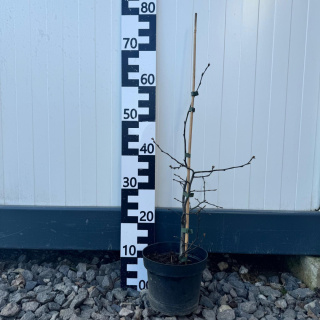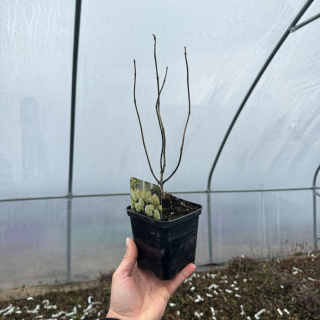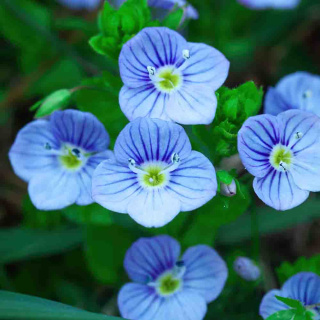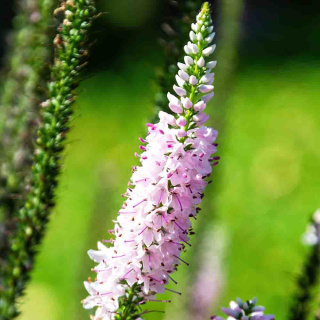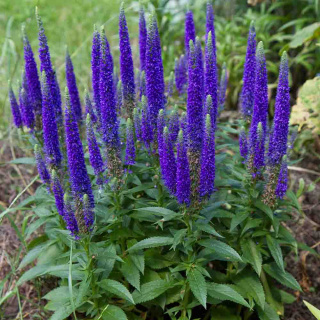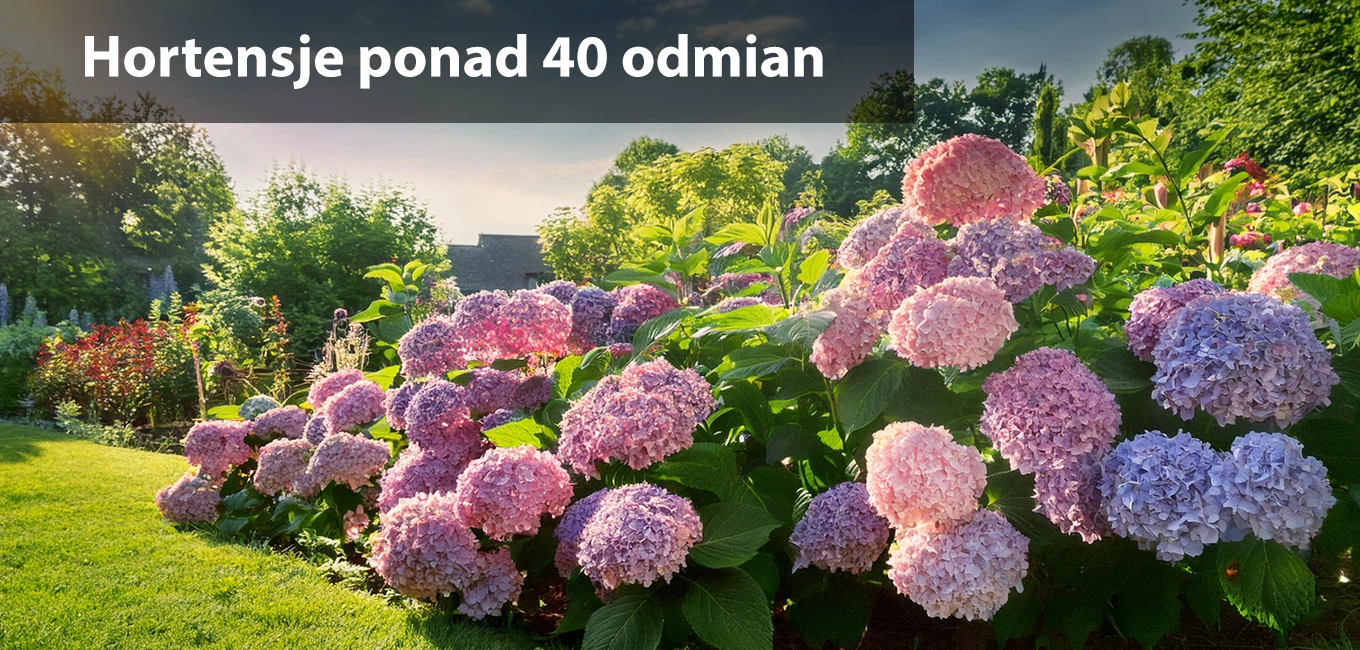- Search
- My account
-
Shopping Cart
0
-
Shopping Cart (0)Shopping cart is emptyFor free delivery are missing -,--Free delivery!Remember to complete your orderSum 0,00 €Price includes discounts
-
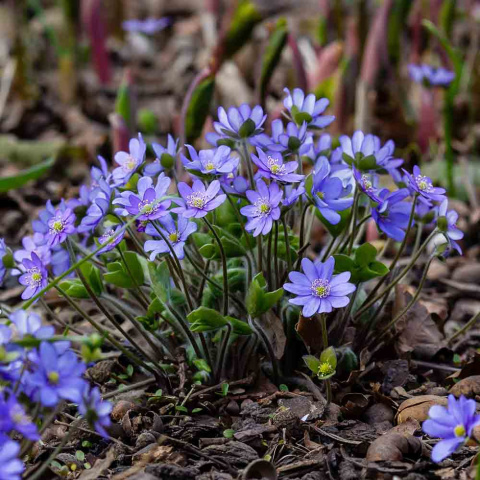
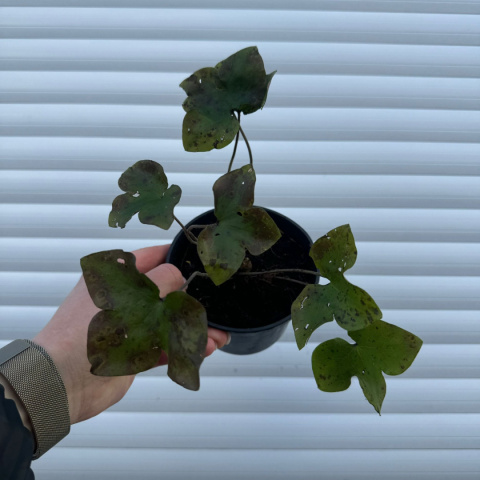


Hepatica vulgaris P9(0.5L)
Hepatica – Spring Flower of the Forest Garden
Hepatica nobilis is a charming, early spring perennial that impresses with its delicate, blue-purple flowers and characteristic, three-lobed leaves. It is a plant naturally occurring in the forests of Europe, including Poland, valued for its subtle charm and ability to create colorful spots in shady corners of the garden. Thanks to its hardiness and low requirements, liverwort is an excellent choice for naturalistic and forest gardens.
Main features of hepatica vulgaris
Flowers
- Colour: Blue-purple, less often pink or white, with a light center and stamens.
- Shape: Single, six-petaled flowers about 2–3 cm in diameter.
- Flowering period: March–April, sometimes as early as the end of February, as soon as the snow subsides.
List
- Colour: Dark green, often with a delicate brown or burgundy tint.
- Shape: Trilobed, resembling clover leaves, with a slightly hairy surface.
- Decorativeness: The leaves last for most of the season, and in winter they can partially freeze.
Cut
- Form: A low, tufted perennial.
- Height: It reaches around 5–15 cm, making it an ideal ground cover for smaller areas.
- Sprawl: It slowly forms tight groups thanks to its underground rhizomes.
Cultivation requirements of hepatica vulgaris
Location and soil
- Position: Partial shade or shade, preferably in sheltered places under trees or shrubs.
- Soil: Fertile, humus, permeable, slightly moist, neutral or slightly alkaline.
Watering and fertilizing
- Watering: Regular, especially during drought. The soil should be constantly slightly moist, but well-drained.
- Fertilization: In spring, you can apply an organic fertilizer, such as compost, to promote growth and flowering.
Care
- Trimming: It does not require pruning, but you can remove old leaves in early spring to make room for new shoots.
- Reproduction: The easiest way to propagate is by dividing the clumps after flowering or by sowing seeds.
- Wintering: It is fully frost-resistant (zone 4–8) and does not require additional protection for the winter.
Use of hepatica vulgaris
Flower beds and garden compositions
- Shade beds: Perfect for shady beds in the company of ferns, cranesbills and bruneri.
- Spring compositions: It goes perfectly with other spring perennials, such as onions, snowdrops and anemones.
Ground cover
- It creates low carpets in shady places, ideal for turfing small spaces under trees.
Naturalistic and forest gardens
- It is perfect for naturalistic gardens, where its delicate appearance introduces harmony.
Bed and path edging
- It is suitable for planting along shady paths, where its flowers add a beautiful accent in spring.
Why is it worth choosing liverwort?
- Early spring flowering: Flowers appear in early spring, when most plants have not yet started vegetation.
- Shade Tolerance: Ideal for difficult, shady places in the garden.
- Natural charm: Subtle flowers and leaves give the garden a forest character.
- Easy care: It is an undemanding plant, resistant to more difficult conditions and long-lived.
Specification
- Flower pot: 0.5 liters
- Age: 2 years old
- Frost resistance: Yes
Our Holding is registered in the register of entrepreneurs under the registration number PL 16/09/3299. You can be sure that you are purchasing a healthy seedling, grown and cared for under the supervision of the State Inspectorate for Plant Protection and Seed
Manufacturer details
SprzedajemyRosliny
Powstańców Śląskich 61
46-024 Kolanowice
Poland
786448679
biuro@sprzedajemyrosliny.pl
-
New arrivals
![[{[item.product.name]}]]([{[item.product.photo.url]}] 75w)

